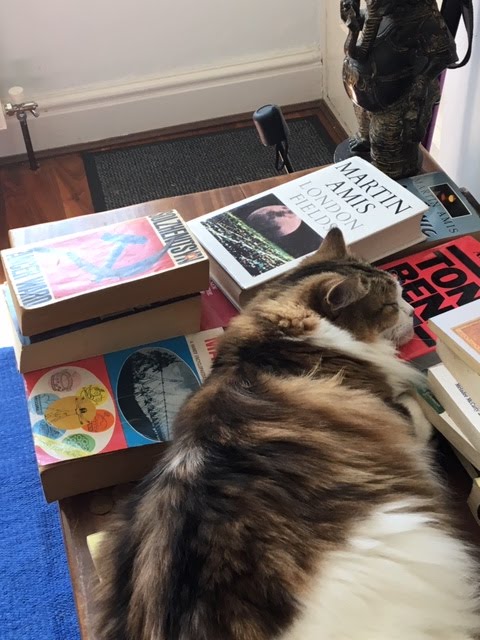In those
days, that is in the early twentieth century, in the Nair caste to which both
my parents belonged, engagement was an event organised by the elders, and
because it was a matrilineal society, with inheritance passing down the female
line, from uncle to niece, rather than father to children, this engagement was
master-minded by my mother’s uncle. It might have been mentioned in passing to
the child-bride-to-be by her mother, if she was lucky. The uncles, in those
days, took responsibility for feeding and clothing their nieces and nephews,
finding husbands and wives when the time came, and for conducting the weddings.
The kaniyan, the
local astrologer, was the central figure in this event; he would decide whether
the horoscopes of the prospective partners matched; he would even pronounce on
their sexual compatibility (yoni porutham),
without seeing either of them. He generally came with a bagful of cowrie shells
and a piece of chalk. A representative from the prospective bridegroom’s family
would attend to approve the decisions.
I remember the sense of occasion connected to the arrival of
the kaniyan in any house. Generally,
there were only a handful of them catering to the community, and everyone knew
them by sight. They came at moments of significance in a household, heralding
weddings, naming ceremonies, funerals… The
kaniyan, it was, who would decide what were auspicious times and dates for
starting journeys to foreign countries, or a housewarming.
There would be the sacred nilavilakku
presiding over the ceremony. Of course. The
kaniyan would draw some columns and lines on the floor, a complicated noughts-and-crosses
shape in front of the ceremonial lamp. Then he would start arranging the shells
within his diagram, according to the horoscopes of the prospective bride and
bridegroom.
After placing the shells he would ‘read’ them. He would chant
Sanskrit verses, justifying every prediction made by him. The men of the house
would sit around him, leaning forward, listening avidly, even if they did not
understand a word of Sanskrit. Women would hover near the windows in the
corridors behind to get a whiff of the decision being formed.
If the horoscopes of the bride and the groom ‘matched,’
especially the positions of Saturn, Mars and the Sun in the firmament when they
were born, he would ceremoniously tie the two horoscopes together. (I should
know, because Saturn was in all the wrong places in my horoscope, and so I was
able to escape marriage for a very long time.) After that the kaniyan would suggest auspicious dates
for the wedding and leave with his fee, a few coins, tucked into the waist of
his mundu.
The marriage ceremony itself was a
non-event. The point of it was to permit a man and a woman to sleep together
and produce off-spring. The ritual was minimal. A garlanding of the bride and
groom, with jasmine garlands if they were available, in front of the lighted nilavilakku, in the padingitta, the puja room of the house. A few family members and
neighbours would be watching. Then a feast, which would go on till late in the
night because Nair weddings took place in the night. Somewhere, in between, the
bride would be led to the nuptial bed and the door of the chamber closed firmly
behind her, by one of her paternal aunts. There
you are then, go forth and copulate.
I wait hopefully, for the time when Indians
can live together a while and test the waters out before they get married to
partners of their own choice. Even in the villages. I would happily endorse a
few dirty weekends here and there. Definitely preferable to the head-long
somersault into marriage.
And the sad part is, even to this day,
marriages are hard to get out of. People look at the urban, educated
professionals of India; obviously they find it easy to terminate marriages.
They make their own choices; people looking in from the outside assume this is
true of all of India. In villages, (and remember, ninety percent of India’s
population live in villages,) marriages are life-long, and women have to stay
in them, however abusive or love-less they are.
For the man, it was always a matter of
choice, and they did exercise that choice. As late as the end of the nineteenth
century, men taking second and third wives was common. My aunt was a second
wife, my grandfather’s sister was a first wife who had to suffer the
humiliation of a second wife, in the same house, ensconced just down the
corridor.
Here, again, we may notice an imbalance
of power between a man and his wife. Add to that the fact that, in a joint
family home, loyalties were fragmented, and the wife was dependent on the mercy
of many people. She would have no financial resources of her own and no home of
her own. Her own family would not countenance her return home with equanimity –
they would try to send her back. Today’s working women do not depend on
husbands for income, do not meekly stay with their in-laws and are quite
capable of going it alone.
